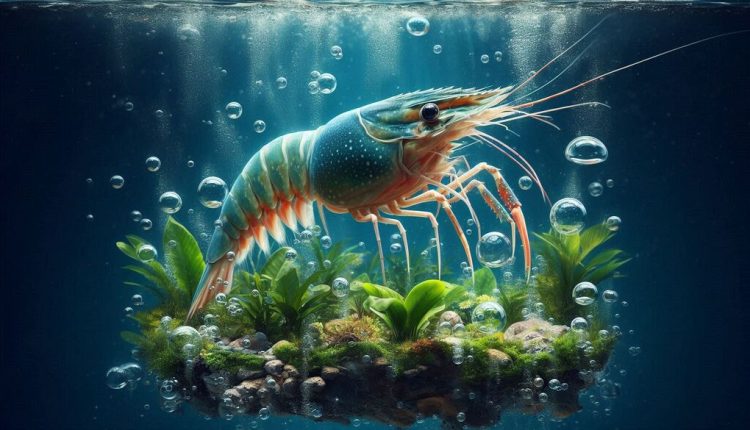THE IMPORTANCE OF OXYGEN IN THE CELLULAR METABOLISM OF PACIFIC WHITE SHRIMP
Oxygen plays a crucial role in the cellular metabolism of shrimp (Litopenaeus vannamei) (Pacific white shrimp) to convert feed into weight gain. At the cellular level, the process takes place primarily through cellular respiration, a biochemical process that enables cells to obtain energy from the nutrients present in food.
By: Ulises Jaime Lopez Paz. Expert in intensive aquaculture.
Oxygen plays a crucial role in the cellular metabolism of shrimp (Litopenaeus vannamei) (Pacific white shrimp) to convert feed into weight gain. At the cellular level, the process takes place primarily through cellular respiration, a biochemical process that enables cells to obtain energy from the nutrients present in food.
How this process works is described below:
1. ingestion and digestion of balanced food
– Shrimp ingest the balanced food, which contains proteins, lipids, carbohydrates, vitamins and minerals.
– In the digestive tract, enzymes break down these nutrients into smaller molecules, such as amino acids (proteins), fatty acids (lipids) and glucose (carbohydrates).
2. Nutrient absorption and transport
– Digested nutrients are absorbed by cells in the intestine and transported by the circulatory system to tissue cells, such as muscles, where they are used for growth and energy.
3. Cellular respiration and oxygen utilization
– In cells, nutrients are metabolized in the presence of oxygen (aerobic respiration) to produce energy in the form of ATP (adenosine triphosphate). This process takes place mainly in the mitochondria.
– Glucose, fatty acids and amino acids enter the Krebs cycle (also known as the citric acid cycle), where they are oxidized and release electrons.
– These electrons are transported through the respiratory chain into the inner mitochondrial membrane, where oxygen acts as the final electron acceptor, combining with hydrogens to form water (H₂O).
– During this process, ATP is generated, which is the energy source used for cellular processes such as protein synthesis, cell growth and division.
4. Biomolecule synthesis and growth
– The energy obtained by cellular respiration is used to synthesize new biomolecules, such as muscle proteins, lipids and carbohydrates, which contribute to the shrimp’s weight gain and growth.
– Absorbed amino acids are incorporated into new proteins, while fatty acids and glucose are used for energy production or stored as reserves.
5. Oxygen utilization efficiency
– The efficiency with which shrimp use oxygen to convert feed into weight gain depends on factors such as feed quality, water temperature, dissolved oxygen (DO) concentration and shrimp health.
– An adequate level of dissolved oxygen (generally > 5 mg/L) is essential to maximize the efficiency of cellular respiration and growth.
6. Waste elimination
– During cellular respiration, in addition to ATP, carbon dioxide (CO₂) is produced as a by-product, which is eliminated by the shrimp’s gills.
In summary, oxygen is essential for cellular respiration, enabling Litopenaeus vannamei shrimp to convert nutrients from a balanced diet into energy and biomolecules that contribute to weight gain and growth. Adequate oxygen supply is essential for optimizing feed efficiency and productivity in aquaculture.

